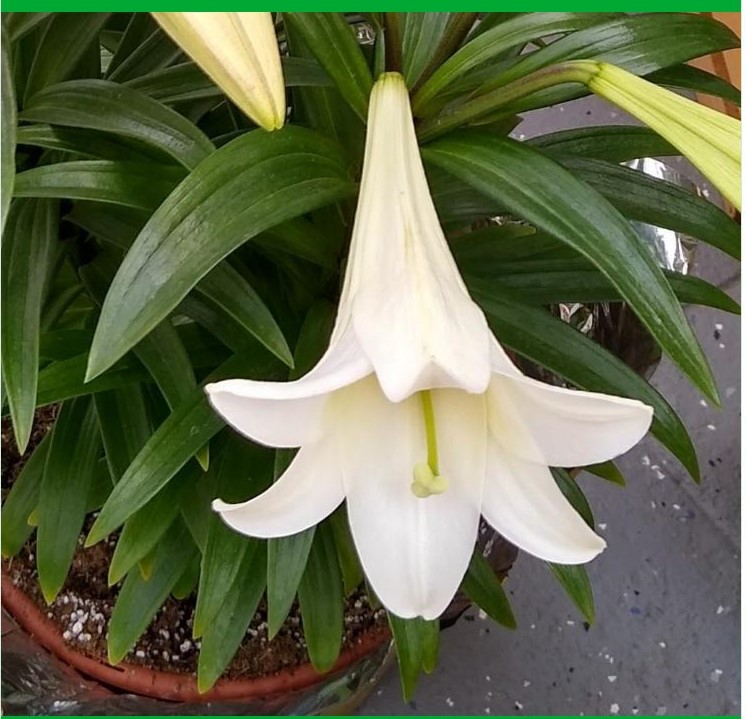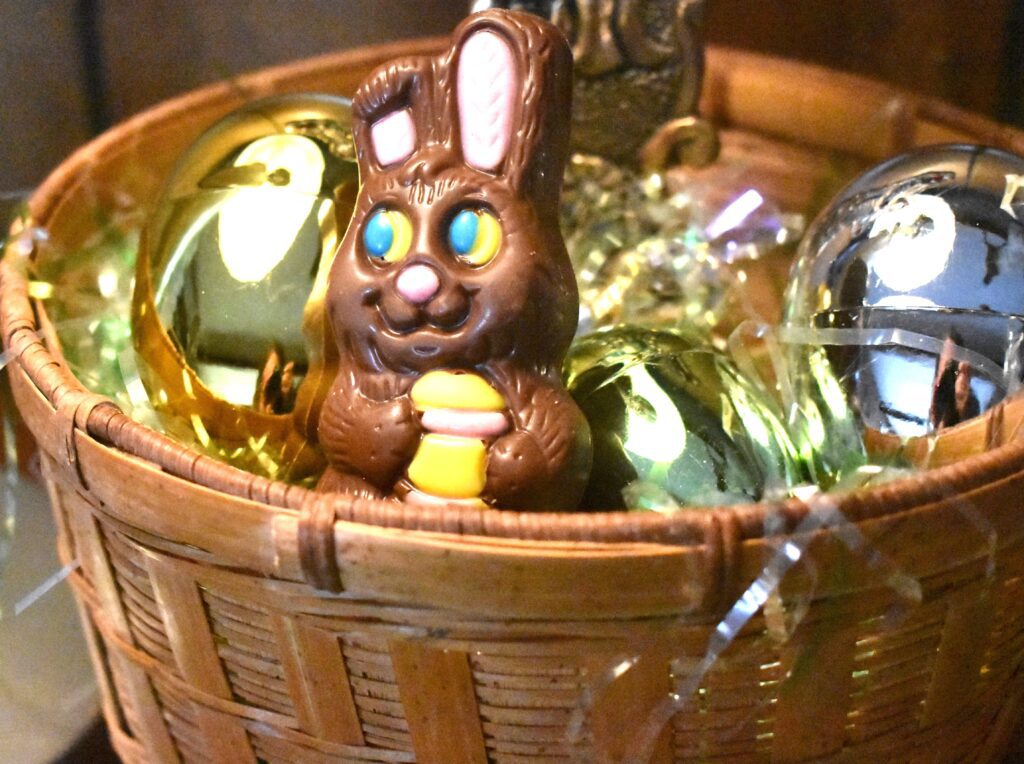News
Easter Through the Ages

Easter is fairly late this year. Easter, according to the Book of Common Prayer, always comes the first Sunday after the full moon, which appears on or after March 21.
Whether you take in a sunrise service at your church, or enjoy watching youngsters search for Easter Eggs, or both, it is fun to learn about some of the origins of this spring-time holiday. It is a way to celebrate the end of winter, the melting of snow, the return of the migrating birds, and the warm weather.
In this story from the Big Piney Examiner, April 17, 1913, it talks about the beginnings of Easter, and some customs from other countries. – Odd Forms of Early Observance of Festival of the Resurrection Still Practiced – The word Easter it derived from the name of the heathen divinity of the Saxons, Ostares, Osterr or Eastre, the personification of the morning or the spring, and this ancient celebration of rejoicing over the awakening of new life bus been given a new and deeper significance by being merged In the observance of the Christian festival commemorating the resurrection of Christ, which Is the successor of the Jewish Passover.
It was the custom of the fathers of the early church to give a Christian significance to such of the pagan festivities as they could not abolish, and so the pagan, rejoicing at the rising of the sun and the renewal of nature, was transformed into joy over the resurrection of Christ from the grave.
lf the full moon happens upon a Sunday then Easter is the Sunday after. But in the days of the early church there was great diversity of opinion us to the date, and it was at the council of Nice, 1325 A.D. that it was decided that Easter should be observed upon the Sunday following the first full moon after the vernal equinox, suppose to fall on March 21. It was not until after both English and Roman Churches had adopted the Gregorian calendar that all the discrepancies were adjusted, and in 1752 the date for the festival was fixed as at present

Colored eggs are a traditional part of Easter, as we see in this article from The Wheatland World, April 2, 1909. Eggs and Easter. – The egg has from time immemorial been connected with this season of the year. The custom of using eggs is supposed to have originated with the ancient Greeks and Romans, who colored them lo use in their pagan festival.
Marvelous stories may be found of bewitched eggs, said to be able to fly straight toward the sun, and one famous variety was said to have been laid by a rabbit. So even in those remote times the Easter “bunny” had a place.
In Germany he has been known these many years. The children of the fatherland watch eagerly for the hare who hides his eggs so carefully for their finding on Easter morning.
Russia is really the paradise of the Easter egg. Everyone carries one on the street and presents to his friends, saying “Christ is risen,” the recipient responding: “He is risen, indeed.”
In practical bustling America this season is becoming a much-looked-for occasion. We are beginning to live up to many of the beautiful traditions of the past, of which the legends concerning Easter are the most beautiful of all.
In this story from the Big Piney Examiner, April 17, 1913 – The custom of coloring Easter eggs seems to be as old as the use of the egg as a symbol. In early times the tender blades of wheat, which at this season were just beginning to show above the ground, were used for coloring. A handful of wheat blades were thrown into a pot with the eggs and turned them a dark, beautiful green. Soon after colors were obtained from mulberry leaves, and the Persians used their splendid dyes with great effect. The people then learned to write upon the boiled eggs with a greased stick, a custom still observed by our North American Indians—and other methods of decoration soon became known.
In India the Parsees exchanged red eggs. In Germany sometimes Instead of eggs at Easter a curious print illustrative of their use is presented. One of these emblematic prints Is preserved in the print room of the British museum. Three hens are depicted as holding a basket in which are placed three eggs ornamented with illustrations of the resurrection; over the central egg the “Agnus Dei” with a chalice representing faith; the other eggs bearing the emblems of charity and hope
In France it was once customary at the approach of Easter to seek, the largest eggs as tribute to the king, and, when the Easter high mass was finished in the chapel of the Louvre, to take them into the royal presence, handsomely gilded and carried in pyramids. Then the chaplain blessed them, after which they were distributed to the people.

In Scotland. where the great festivals have for centuries been suppressed, the young people still get their hard-boiled dyed eggs, which they roll about or throw and finally eat.

The Sheridan Post, April 6, 1906
Easter Egg Hunts are held in nearly every town, large or small. Even the White House hosts an annual Easter Egg Roll which takes place on the South Lawn. President Rutherford B. Hayes, in 1878, was the first president who agreed to open the White House lawn to all children who wanted to roll Easter eggs.
By 1887 the custom was well-accepted as we see in this small notation in The Lusk Herald, April 22, 1887

Lilies are mentioned in the Bible, in the Rock River Review, March 26, 1920 there is an article about Easter Lilies. Inthe Sermon on the Mount Jesusspoke of the “lilies of the field,” which, though they neither toiled nor spun, out did King Solomon in the beauty of their raiment. It has been popularly supposed that the lily of the valley was the one he meant.
In Catholic countries the lily was sacred to the Virgin Mary, because It is a symbol of purity. The angels painted by the old masters frequently carry lilies in their hands. And legend tells that, when the disciples looked into the tomb of Jesus after the resurrection, it was filled with lilies. The lilies that appear in the paintings of Murlllo and other old masters are not callas. They are of the familiar Easter Lily type and are easily recognizable as the Madonna or annunciation Lily— the latter name being given them because of the belief that the angel of the Annunciation appeared to the Virgin Mary with these lilies in his hands.
So, no matter what tradition appeals to you at Eastern enjoy the season. It is a time of resurrection and renewal, like the grass and flowers of spring. And remember also that many of the traditions we celebrate go back into antiquity.


Meshelle Cooper
March 31, 2024 at 11:47 am
Happy Easter, Cynthia! There won’t be “egg rolling” on the lawns today, unless you slosh through the snow…
Cute article!
Meshelle Cooper
April 21, 2025 at 11:43 am
Nicer weather this year, Cynthia! Hope all the kidos had a good time.
Thanks for covering the Clearmont Easter egg hunt!